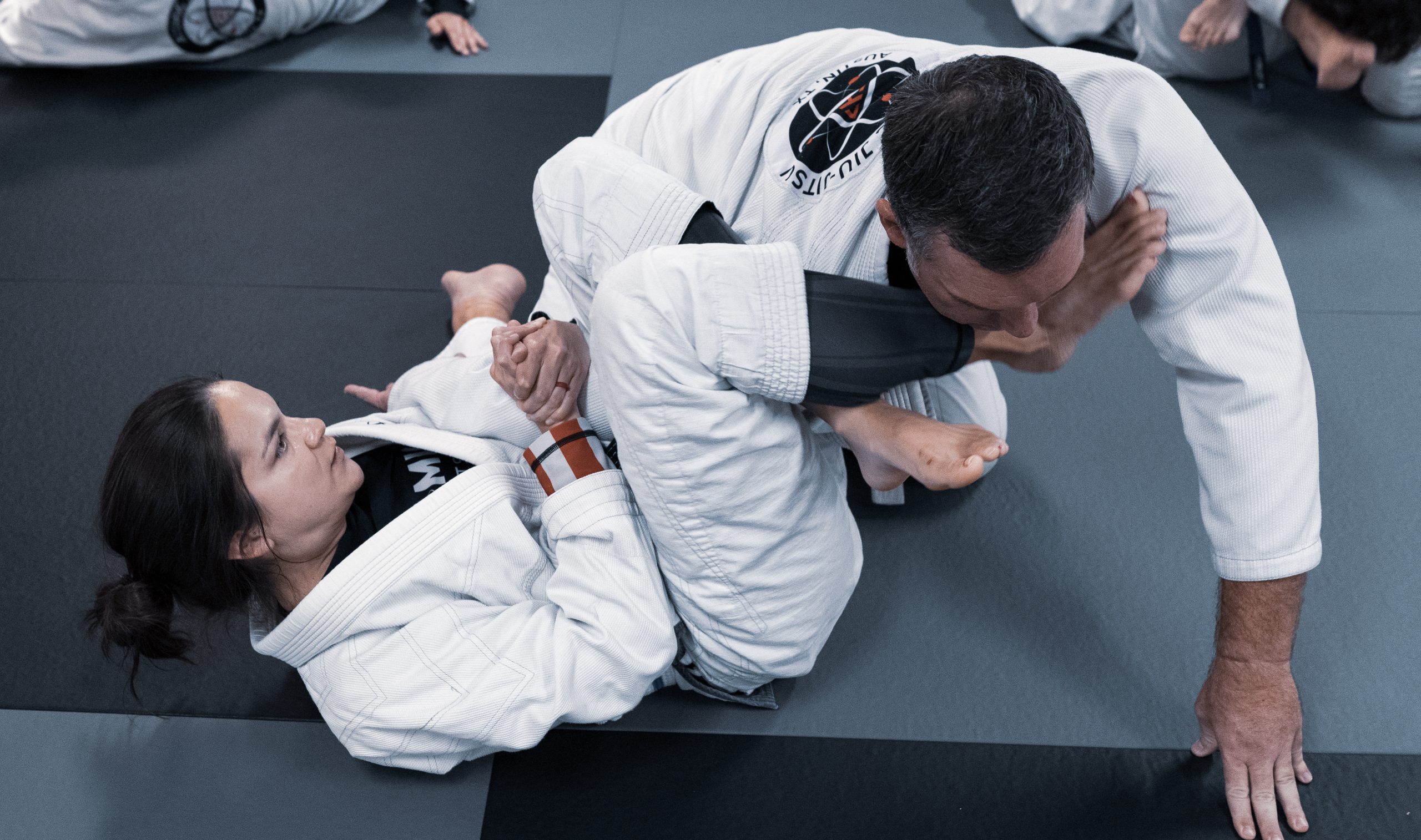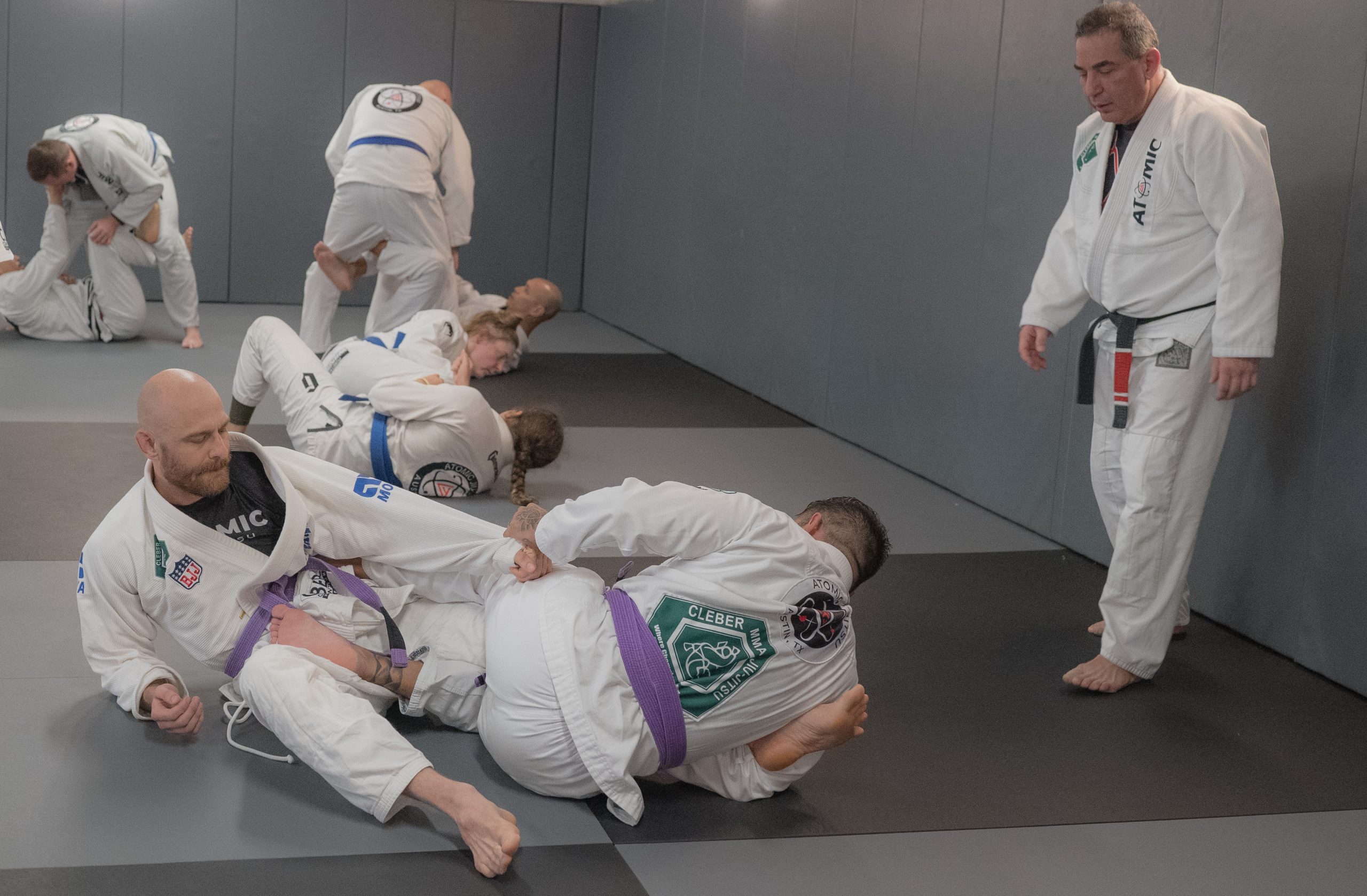9 Ways to Customize Your Jiu-Jitsu Game to Better Fit Your Body Type
In Brazilian Jiu-Jitsu (BJJ), one size does not fit all. Every practitioner has a unique body type, and the most effective techniques and strategies often depend on your physical attributes. Instead of trying to master every move in the book, focusing on tailoring your game to your body type can dramatically improve your performance on the mat.
Whether you’re tall and lanky, short and stocky, or somewhere in between, here’s how to play to your strengths and customize your BJJ game for maximum effectiveness.
1. Understand Your Body Type
Your physical build plays a significant role in determining which techniques will work best for you. Here’s a breakdown of the most common body types and their advantages:
- Tall and Lanky: Long limbs provide leverage for techniques like triangles, armbars, and spider guard.
- Short and Stocky: A low center of gravity and compact strength make you naturally suited for pressure-based games like passing and close-range submissions.
- Athletic and Balanced: A well-rounded physique allows you to mix both speed and strength, adapting to various styles of play.
Knowing your body type is the first step in customizing your game to leverage your natural advantages.
2. Choose a Guard That Fits Your Build
The guard is the cornerstone of most BJJ games. Selecting a guard that complements your body type is essential:
- For Tall Practitioners: Guards like spider guard, De La Riva, and lasso guard take advantage of long legs and increased reach, allowing you to control opponents from a distance.
- For Short Practitioners: Guards like closed guard, half guard, and butterfly guard work well because they bring your opponent closer, where you can apply powerful, compact movements.
- For Athletic Builds: Dynamic guards like X-guard, single-leg X, and open guard allow you to utilize both speed and strength, blending control and explosiveness.
Experiment with various guard styles during training to find what feels most natural and effective for you.
3. Develop a Passing Strategy
Passing the guard is another area where body type influences your approach:
- Tall and Lanky: Use long limbs to execute passes like leg drags and Torreando passes, keeping your opponent at a distance.
- Short and Stocky: Focus on heavy pressure passes, such as over/under passes or knee slices, to smother and control your opponent.
- Athletic Builds: Combine explosive movement with technical precision, alternating between speed-based passes and pressure-based approaches to keep your opponent guessing.
4. Select Submissions That Maximize Your Strengths

The effectiveness of submissions often depends on your ability to leverage your body mechanics:
- Tall and Lanky: Utilize submissions that capitalize on long limbs, such as triangles, Armbars, and Omoplatas. These moves allow you to isolate and control your opponent’s limbs effectively.
- Short and Stocky: Focus on powerful, close-range submissions like guillotines, Kimuras, and Americana locks, where you can apply maximum pressure in tight spaces.
- Athletic Builds: Choose versatile submissions like rear-naked chokes or straight ankle locks, which can be applied effectively from various positions.
5. Adapt Your Escapes and Defense
Escapes and defensive techniques should also align with your body type:
- Tall and Lanky: Use your reach to create frames and maintain distance during escapes. Techniques like hip escapes and technical stand-ups are especially effective.
- Short and Stocky: Rely on your compact strength to explode out of bad positions using techniques like bridge-and-roll escapes or shrimping.
- Athletic Builds: Blend flexibility and strength, combining explosive escapes with precise defensive movements.
6. Play to Your Conditioning Level
Your cardio and physical endurance can influence your game:
- If you’re highly conditioned, you can employ a fast-paced, aggressive style, constantly transitioning and attacking.
- If your endurance needs improvement, consider focusing on control-based techniques and positional dominance to conserve energy.
7. Learn From Role Models with Similar Builds
Watching high-level practitioners with a similar body type can inspire your game and provide insight into techniques that might work for you.
- Tall Athletes: Look up competitors like Roger Gracie or Keenan Cornelius, who excel with long-limbed guards and submissions.
- Short Athletes: Study Marcelo Garcia or Jeff Glover, known for their compact, pressure-based styles and creativity.
- Athletic Builds: Observe André Galvão or Gordon Ryan, who showcase a mix of speed, power, and technical mastery.
Analyze their matches, study their techniques, and try incorporating their strategies into your training.
8. Train With Intentionality
When customizing your game, approach every training session with a specific focus:
- Work on refining techniques that align with your strengths.
- Drill your preferred moves repeatedly to build muscle memory.
- Roll with a variety of training partners to test and adapt your strategies against different styles.
9. Be Patient and Open to Adjustments

Your body type may influence your initial preferences, but as you progress, your skills and knowledge will evolve. Stay open to exploring new techniques and styles, even if they don’t seem to align perfectly with your build.
Customizing your Jiu-Jitsu game to fit your body type is an ongoing process of self-discovery and adaptation. By understanding your strengths, selecting techniques that complement your build, and learning from practitioners with similar attributes, you can create a personalized style that enhances your effectiveness on the mat. It is important to remember that BJJ is all about making your game work for you—not forcing yourself to conform to someone else’s playbook. Embrace what works for you, and watch your Jiu-Jitsu journey flourish!

